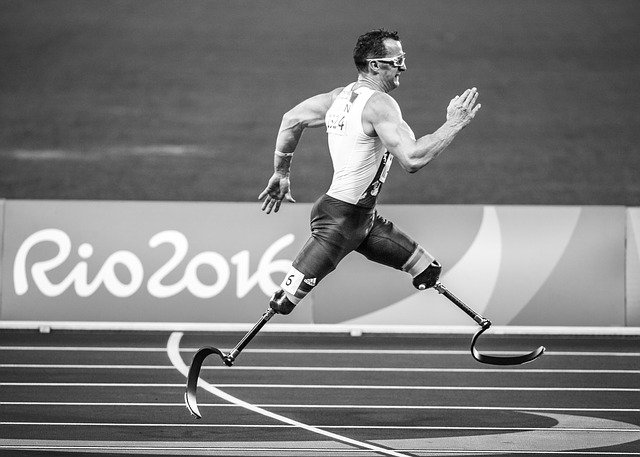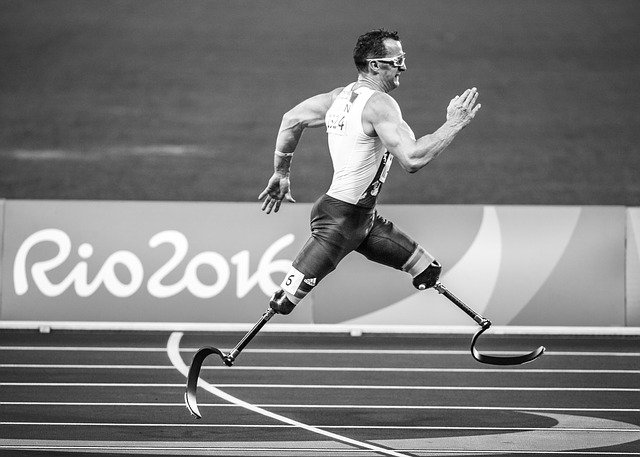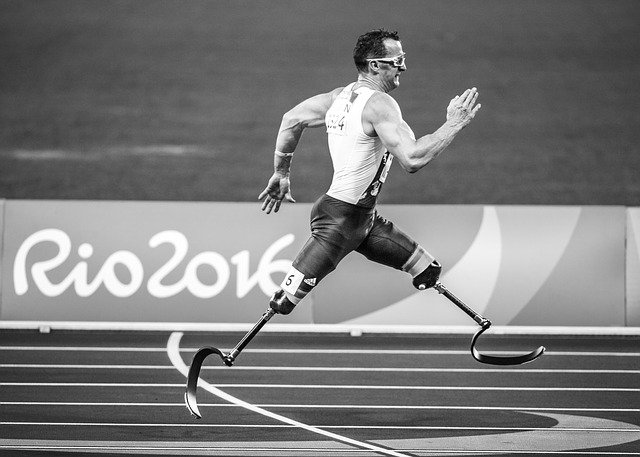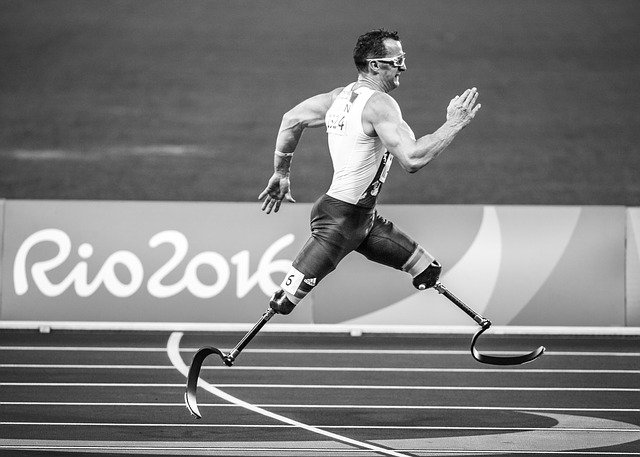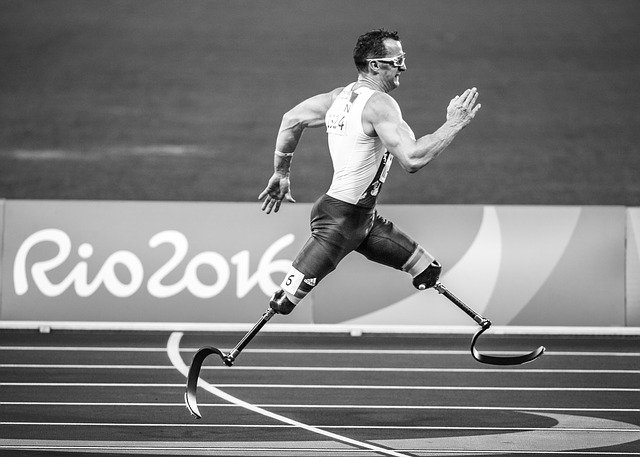To say that all people are different is an understatement. One could talk for days on all the types of humans and their personalities, preferences and quirks, behaviors and communication styles. Thanks to the fact that social psychology seems to be trending these days, the on-demand style of information consumption now applies to figuring out what type of career best suits your personality just as easily as it does to diagnosing (or misdiagnosing) your new symptoms of Avian Bird Flu on the internet.
There are tons of online resources that will tell you who you are, why you think the way you think, what you need, which colors will make you happy, what to stop doing in 2016, and how to bring more positive energy into your life. Who needs a therapist anymore when you have the internet, right? (joking.) But there’s something that no amount of article mining and quiz taking can prepare you for, because it originates in your gut and ends in your heart. You can’t just program yourself to do it or feed your brain internet mumbo jumbo, because it will affect the course of the rest of your life (and we’re not talking about how your friends will think you look in fuchsia at Brittany’s baby shower).
Two Opinions on Risk
I’m talking about risk-taking. Some people are born risk-takers – bold, fearless, unabashed, unapologetic, unfettered, daring, and edgy. Maybe they take risks with their money: gambling, investing, making hasty purchases. Maybe they’re risky in the verbal sense: unafraid to offend anyone, convicted and opinionated, not quite what you’d call tactful. Or career risk-takers: ambitious ladder-climbers with no qualms about abandoning their personal life and stepping on toes to achieve new heights at the office.
The opposite, of course, are the play-it-safe types. Cautious, ambivalent, analytical; the people who think things through and carefully weigh all sides, usually erring on the side safety even when the slightly more risky decision displays potential to yield apparent benefit. And there are those who fall somewhere in the middle – careful with financial and career pursuits but perhaps less guarded when it comes to their social lives; the wear-your-heart-on-your-sleeve and kiss-and-tell types who, maybe, aren’t as private about their social lives or as cautious with their health as it would behoove them to be.
Risk is a tricky thing. Some attach fear to risk and become too paralyzed with thoughts of worst-case scenarios, fallout, and consequences to act, and so they do nothing. Others can remove fear from the equation and approach risk as nothing more than a logical transaction with two options – to take risk or not to take risk. Some believe that taking risks is the only way to really get anywhere in life; that playing it safe is for fools. Others believe that risk is a synonym for danger and that risk-takers are reckless and untrustworthy.
Mastering the Art
Whether you’re risk-averse or a habitual gambler who smokes and never wears a seat belt, there are times in life when you’re presented with choices that aren’t always obvious or comfortable. Learning how to take calculated risks is an art that everyone should master.
A calculated risk is a situation in which the presence of risk doesn’t necessarily outweigh the benefit of choosing that situation. There are usually two choices: the front-runner, which your mind naturally leans toward because it seems the smarter, safer choice, and the underdog, which might not be bad or unsafe, but puts you at less of an advantage than the front-runner, depending how you look at it.
You see, when faced with difficult decisions, most people will tell you it’s important to look at the big picture. And that’s true! But you have to develop your own context for the big picture. Is the importance of your life going to be rooted in your happiness, your career and financial outlook, your relationship security, or your freedom and independence? Maybe this would be a good time to take one of those online personality quizzes if you don’t know what’s most important to you.
In Context
I recently took a calculated risk and it has already paid off more than I ever could have imagined. It was a big decision that required a lot of thinking, but deep down I knew which way I was going to go. Trusting your gut might not always lead you in the right direction, especially if you’re the type of person who doesn’t have good instincts, but in most cases it will.
The decision I made, on paper, looked like I was giving up security, financial freedom, and a career stronghold. But in actuality, had I made that choice, I would’ve been giving up a lot more. The “underdog” I ended up choosing has provided me with support, freedom, happiness, fulfillment, and endless possibility (in addition to convenience, comfort, flexibility, and a new perspective on life and career). Many times, in choosing the safer option, self-doubt and fear can cripple one’s ability to see the potential of turning the underdog situation into the front-runner.
Here are a few questions to ask yourself next time you need to take a calculated risk:
- Which of these choices will make me happiest?
- Which of these choices feels the most natural?
- Which of these choices represents a bigger lifestyle change, and is that desirable or undesirable for me?
- What position will each of these choices put me in one year from now?
- How will each of these choices affect the important people in my life?
- How much can this make me? (Notice I didn’t say ‘how much will this cost me?’)
Along with asking yourself these questions, it’s just as important to notice what’s not on the list. I’m sure you’ll be thinking about more than just these six questions, though – if you’re the analytical type you’ll probably have spreadsheets and pie charts illustrating each possible outcome, and if you’re the worrying kind you’ll probably spend sleepless nights tossing and turning or calling your mom for advice.
Believe in Yourself
But no matter who you are, I’m here to tell you that risk-takers can get careful and tiptoers can step outside the lines. In the end, choosing the thing that will leave you with the least regret will usually be the smarter option, whether it causes initial discomfort, a lot of adjustment, or just flat-out anxiety. So, trust your gut most of the time, but when it’s too hard to decide, remember: risk-taking isn’t dangerous as long as it’s calculated.

